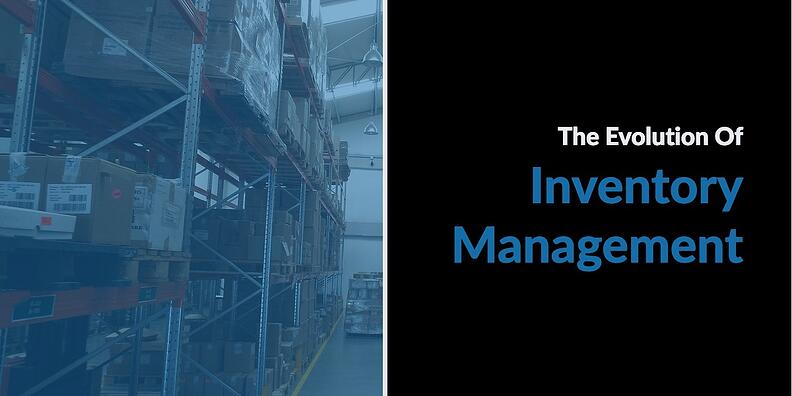The Evolution of Inventory Management

Inventory management continues to evolve. Like many other processes, the evolution is driven by the need for greater efficiency and accuracy. Today, suppliers have the ability to use real-time, cloud-based software, like Odyssey, to track and manage inventory and shipments. Let’s take a look at how we got here.
Manual Counting
Inventory management was very primitive before the Industrial Revolution. Some of the first people to rely on inventory management were shopkeepers and merchants, who would count the number of units at the end of each day, determine how many were sold and do their best to forecast future needs. The process of manually counting the physical inventory would often take hours or even days, and as you can imagine, it wasn’t very accurate.
Punch Card System
The Industrial Revolution completely transformed the inventory management process as efficiency and mass production became the main goals of businesses. The punch card system was the “next big thing”, designed by a team at Harvard University in the early 1930’s. The tiny holes in sheets of paper allowed punch cards to correspond with catalog items that were readable by computers. The information would be passed to employees in the storeroom, who would then bring the item up front to the customer. Companies could keep track of which products were being ordered and record inventory and sales data based on the punch cards customers filled out. Unfortunately, this process was too expensive and too slow to remain widely used and to keep up with rising business challenges.
The Modern Bar Code
The first version of the modern bar code was created in the 1940’s and 1950’s and was composed of ultraviolet light-sensitive ink and reader to track items for sale. As technology improved in the 1980’s and 1990’s, the bar code system became more efficient, affordable and widely adopted. The implantation of more advanced computers and software allowed the modern bar code to flourish for years. At this point, inventory tracking by hand was replaced by scanning products, but inputting information into computers was still done by hand.
Radio Frequency Identification
RFID (radio frequency identification) technology has become a staple in warehouses, factories, and retail stores during the 2000’s. RFID uses a microchip to transmit information about a product, such as type, manufacturer and serial number, to a data collection device. The introduction of RFID technology means that businesses no longer needed to input data by hand and barcode readers could instantly update their databases. The technology is also a game-changer for vendors because they can ensure their products are properly available, and they have constant access to real-time sales data.
The Odyssey team believes that today’s Department of Defense commerce requires an IT platform that can make sense of requirements and provide an automated environment to easily react and respond in real-time. Utilizing the most dynamic cloud- based software levels the playing field for all organizations and users. A five-person company can enjoy the same benefits as a 500-person company. We are always happy to talk to you about your business needs and help you create a more efficient and cost-saving process. You can also watch a demo here.
